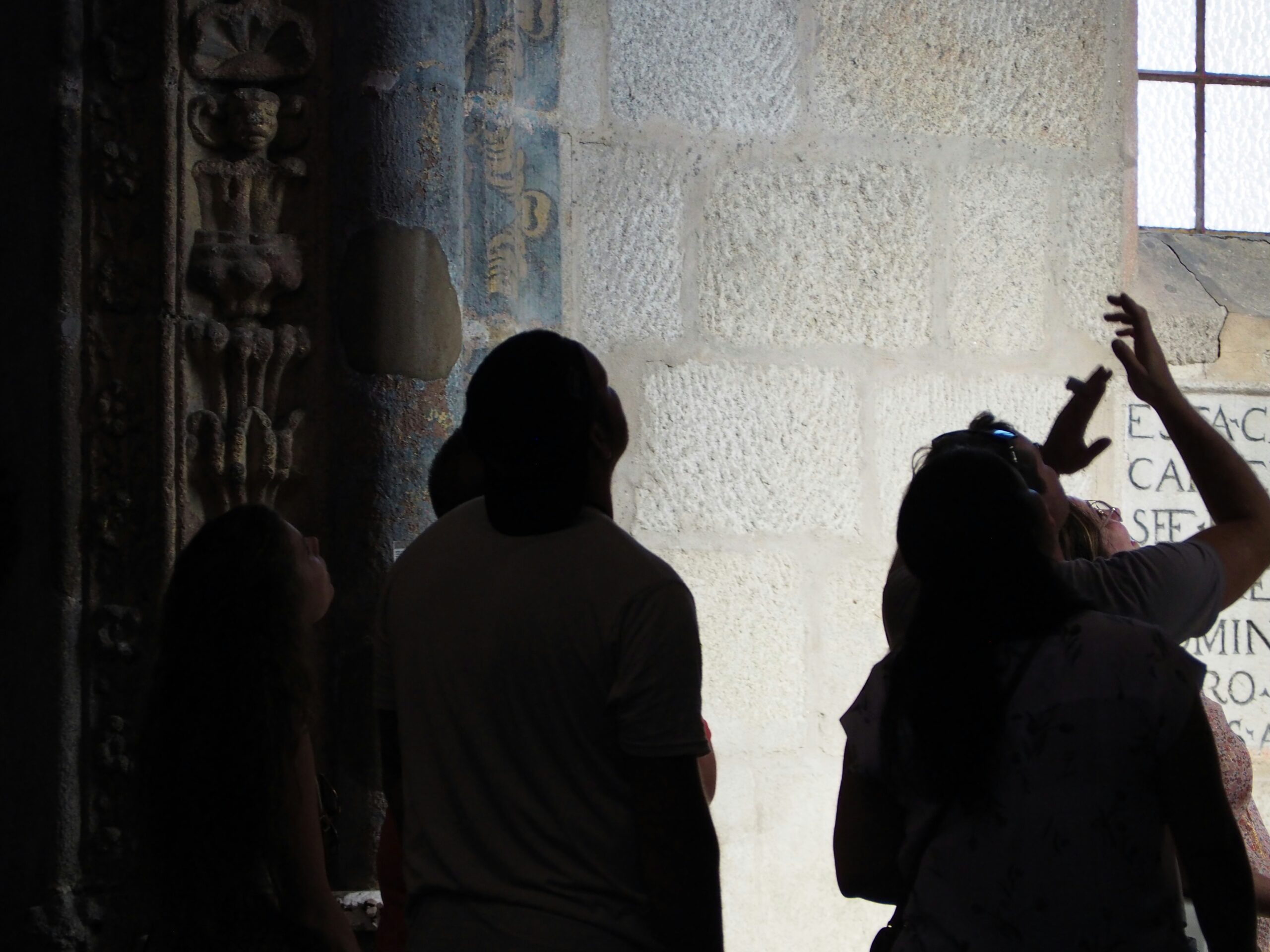100 years ago today, at the eleventh hour of the eleventh day of the eleventh month of 1918, the guns along the 440-mile line stretching from Switzerland to the North Sea fell silent. The war started 1 August 1914 just...
Archive - November 2018
9 November: Schicksalstag
In the next few days, there will be much remembrance of the events of 100 years ago—the end of World War I. Not as much in the U.S., where World War I is like the Korean War, a largely forgotten conflict, even though...
Robicheaux by James Lee Burke
It's absorbing, it sometimes makes you flinch, and it's always about the bottom feeders and sharks of the dark underbelly of the American aquarium, and it always makes for fun reading.
World War II After World War II
"There are obviously many websites on WWII weapons, and many on post-war weapons, but I have always been fascinated with WWII weapons being used after the war."









